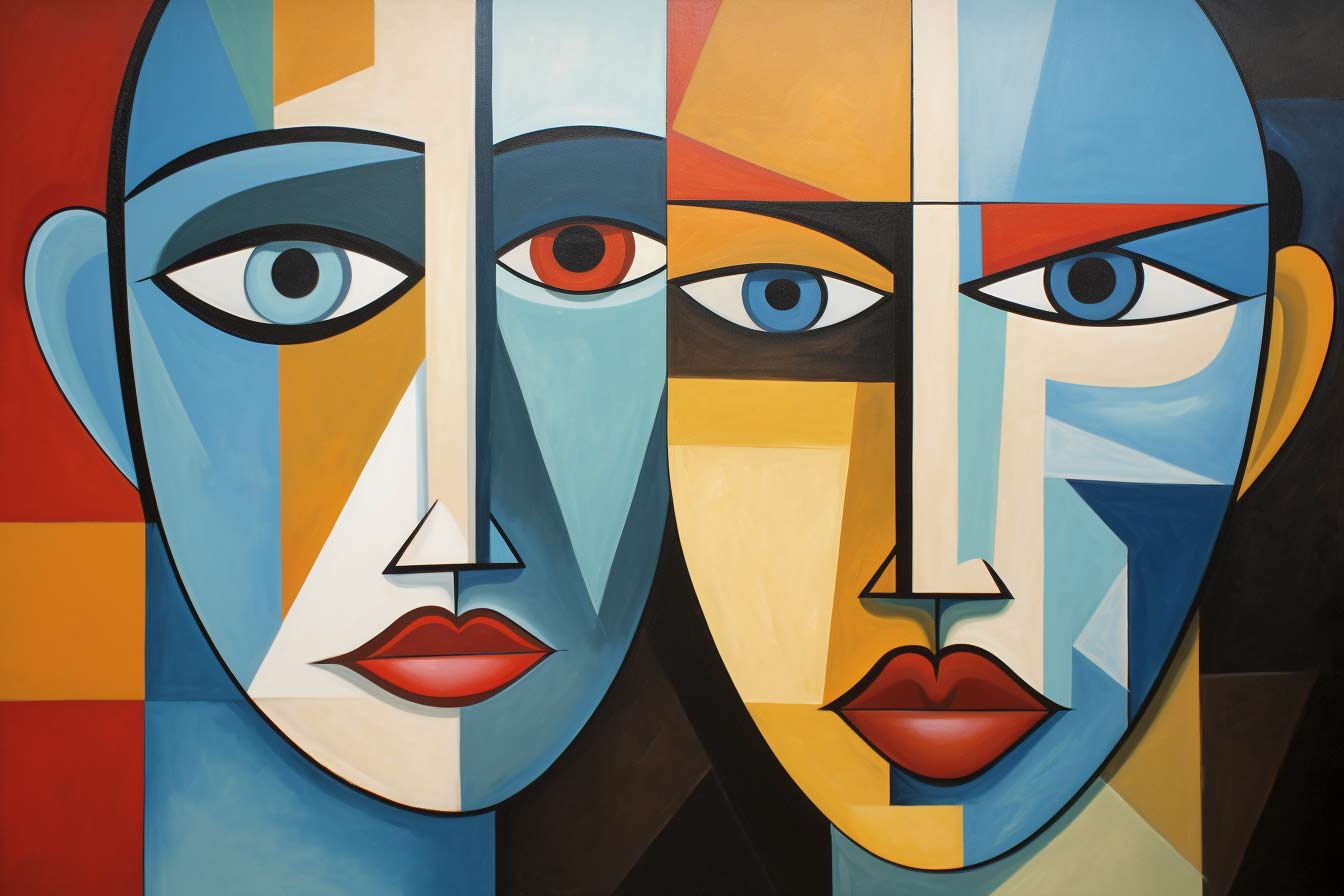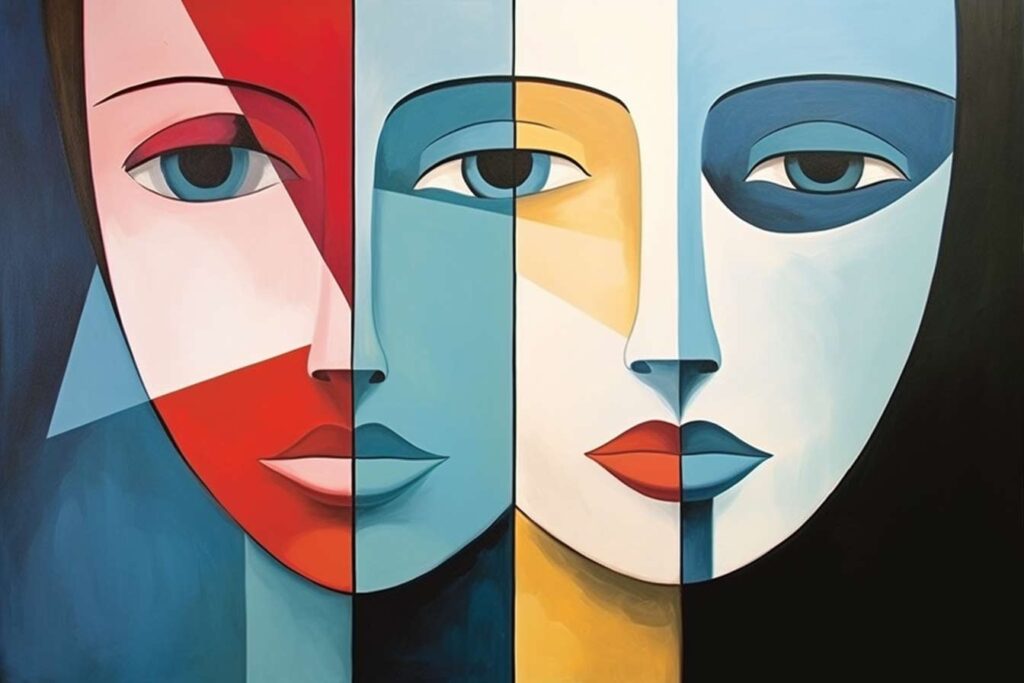Double Portrait: Blend Two Faces into One Unique Canvas Art
In an era when art seeks to go beyond the superficial, where the exploration of form and perception takes precedence over mere imitation, double portraiture emerges as a beacon of novelty. The aim is not merely to depict two visages side by side, but rather to capture the spiritual and aesthetic essence of two souls, rendering them on a single canvas. Like the master strokes of a seasoned craftsman, the technique is about seamlessly merging two unique features, allowing the viewer to experience both the individuality and the unity of the subjects.
The Dual Facets of Human Nature
One might say that the allure of this double portrait is its capacity to mirror the dual facets of human nature. Just as we, in our everyday existence, grapple with our inner conflicts and the dichotomous pulls of reason and emotion, the canvas brings forth the intertwining of two souls. The challenge, and indeed the beauty, is in juxtaposing two individuals looking in opposite directions, yet unfailingly converging in one artistic space.
Beyond Physicality: A Meeting of Spirits
The physical portrayal is but a starting point. True artistry is revealed when the painter goes beyond the tangible aspects of the face — the curve of the lips, the arch of the brows — and dives into the intangible. It is a meeting of spirits, a confluence of emotions and experiences. Every stroke and shade becomes a testament to the relationship between the subjects, be it the gentle interplay of love, the fierce dance of rivalry, or the profound bond of friendship.
The Power of Perception
To the untrained eye, a double portrait might appear as a mere overlap of features. But to the discerning observer, it’s a maze of perceptions, a riddle waiting to be deciphered. It pushes the onlooker to see not just with the eyes, but with the heart and mind. The interplay of light and shadow, the nuances of expression, the convergence of lines – they all beckon the viewer to dive deep, to explore and understand the shared space of the subjects.
Double portraiture stands as a testament to the ever-evolving realms of artistry. Where once painters were confined to the accurate representation of their subjects, today they venture into territories that blur boundaries and challenge perceptions. The canvas, once a passive receiver of images, is now an active participant, weaving tales of unity amidst diversity, and revealing the intricate dance of souls converging in art.

